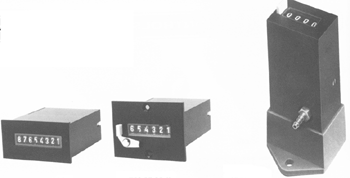A Guide to Control Pneumatic Energy
Safety should always be the main goal of every business because unsafe work practices doesn’t just jeopardize employee health and property; it also stops business and ruins reputations. A commitment to safe practices should guide your business, and that will ensure optimal functionality and limited downtime. The key to pneumatic safety is always to be in control of the direction of flow. The most substantial risk to human health and machinery happens when pneumatic energy is not controlled. At a minimum, systems will run sluggishly, and at worst, an operator can be harmed. It is relatively easy to manage energy with the use of pneumatic valves and pneumatic controls.
You must control pressure at two points in a pneumatic system: after the air receiver tank, and another after the compressor. To ensure the highest levels of safety, control pressure is necessary after the compressor. The purpose of controlling pressure after air receiver tanks is to guarantee the actuator receives steady pressure.
Compressors deliver energy to pneumatic control systems. Power is typically not used right away and instead is stored as potential energy (in the form of compressed air). Compressors generally are designed to operate intermittently. The compressor delivers compressed air until high pressure is achieved in the tank. As pressure decreases, compressors cut in and recharge the system.
Controlling pneumatic energy and pressure is essential for safety and the optimal functioning of your systems.
Pneumatic Controls
- Getting a Handle of Your Pneumatic Flow Controls
Once you determine your business needs for pneumatic valves and pneumatic controls for your project, you need to work to achieve consistent speeds from your pneumatic actuators. - Understanding the Three Types of Pneumatic Control Valves
- Top Safety Protocols for Using Pneumatic Control Systems


- Ellis/Kuhnke Controls
132 Lewis Street Unit A-2, Eatontown, N.J. 07724
Phone: 1-800-221-0714
Fax: 732-291-8154
Email: Info@ekci.com
- Home Pneumatic Controls Technical Info CAD Drawings Contact Us Pneumatic Timers Blog Site Map
